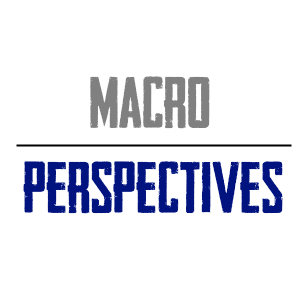I spoke at the AAII investor conference in Los Angeles this past weekend and one of the more common questions I got was whether we’re on the precipice of another 2008. I probably don’t know much better than anyone else, but I’ve stated in the last few quarters that I don’t see it. Here’s my thinking in a nutshell:
- US and European banks are much healthier today than they were in 2007.
- There hasn’t been a big credit boom in the US and Europe like there was during the housing bubble.
- Consumer balance sheets are much healthier today than they were in 2007.
- Even if China is a financial house of cards their financial system isn’t interlinked to the USA and Europe in the same way that the USA and Europe are interlinked.
In his latest missive Howard Marks said many of the same things:
- “We haven’t had a boom (either in the economy or in the stock market), so I don’t think we’re fated to have a bust. Because most businesses have been particularly loath to expand their facilities, I don’t think they’ll be slammed if revenues flatten or turn down.
- The leverage in the private sector has been reduced. This is particularly true of the banks, where leverage has gone from the region of 30+ times equity before the crisis to very low double digits today. And, of course, banks are now barred from investing adventurously for their own account.
- Finally, the main villain in the crisis was sub-prime mortgage backed securities. The raw material – the underlying mortgages – was unsound and often fraudulent. The structured mortgage vehicles were highly levered and absurdly highly rated. And the risky tranches ended up in banks’ portfolios, causing them to require rescues. Importantly, this time around I see no analog to sub-prime mortgages and MBS in terms of their combination of fragility and magnitude.”
That sounds pretty dead on to me. 2008 was such a unique event. It doesn’t mean we can’t undergo a bear market. In the last 100 years there have been 123 corrections (10%+ declines) and 32 official bear markets (20%+). That means an official bear happens once every 3 years or so and corrections happen more than once a year. So, what we’re seeing really shouldn’t be that frightening at all. And in my view, if this morphs into something really significant (like a 30%+ decline) then it would be largely irrational and a gift for those investors who have the tolerance to buy stocks at such attractive levels….
Mr. Roche is the Founder and Chief Investment Officer of Discipline Funds.Discipline Funds is a low fee financial advisory firm with a focus on helping people be more disciplined with their finances.
He is also the author of Pragmatic Capitalism: What Every Investor Needs to Understand About Money and Finance, Understanding the Modern Monetary System and Understanding Modern Portfolio Construction.

